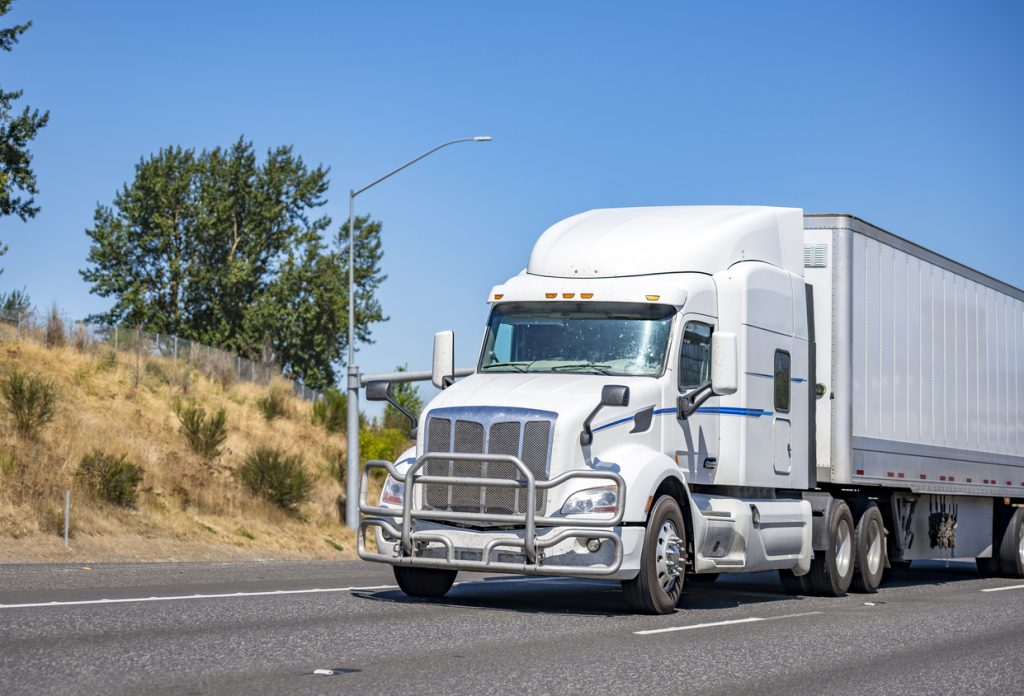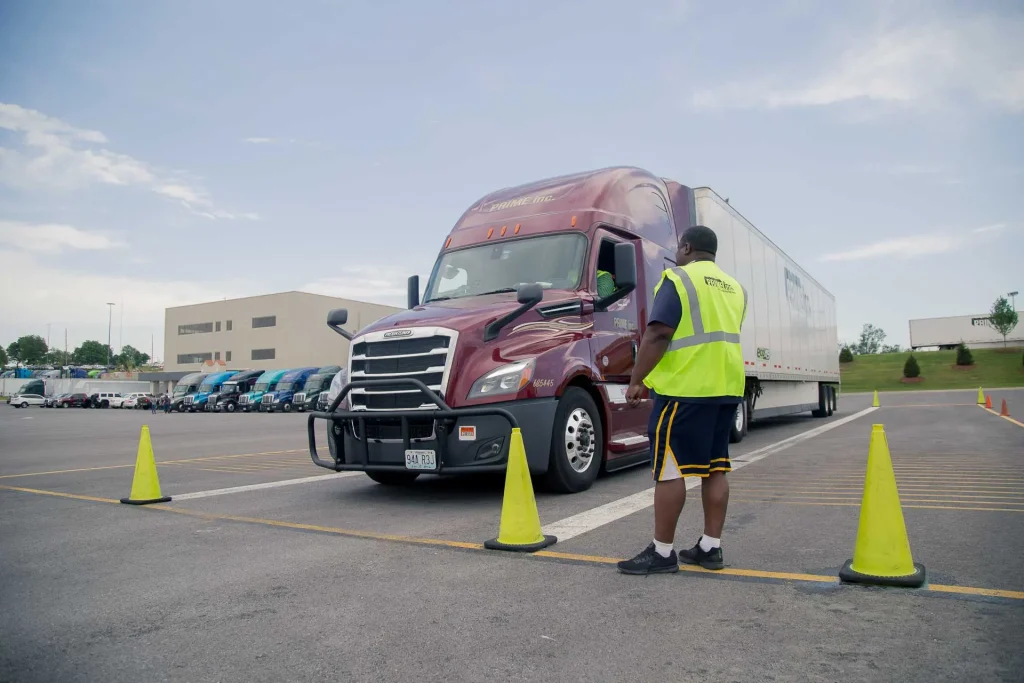Hitting the Road: Your Guide to Obtaining a CDL License
The American economy relies heavily on the trucking industry, and with that comes a significant demand for qualified drivers. If you’re considering a career behind the wheel of a commercial motor vehicle, obtaining a Commercial Driver’s License (CDL) is your first step.
What is a CDL?

A CDL is a special type of driver’s license required to operate commercial motor vehicles (CMVs), which generally include trucks weighing 26,001 pounds or more, trucks towing vehicles weighing over 10,000 pounds, and buses that transport 16 or more passengers.
Steps to Obtaining a CDL:
- Meet the Basic Requirements:
- Age: You must be at least 18 years old to obtain an intrastate CDL (operating within your state) and 21 years old for an interstate CDL (operating across state lines).
- Medical Certification: You’ll need a medical examiner’s certificate from a certified medical professional to ensure you meet the necessary physical and mental health standards.
- Driving Record: A clean driving record is crucial. Serious traffic violations can disqualify you from obtaining a CDL.
- Choose a CDL Training Program:
- Formal Training: Consider enrolling in a professional CDL training program. These programs provide comprehensive instruction on driving techniques, safety regulations, and pre-trip inspections.
- On-the-Job Training: Some employers may offer on-the-job training, but formal training is often preferred.
- Obtain a Commercial Learner’s Permit (CLP):
- Before taking the CDL road test, you’ll need to obtain a CLP. This allows you to practice driving a commercial vehicle under the supervision of a licensed CDL holder.
- Study for the CDL Written Exam:
- The CDL written exam covers a wide range of topics, including vehicle inspection, safe driving practices, and knowledge of traffic laws.
- Utilize study guides, practice tests, and online resources to prepare for the exam.
- Take the CDL Road Test:
- The CDL road test evaluates your driving skills and ability to operate a commercial vehicle safely.
- Practice maneuvers such as backing, docking, and pre-trip inspections.
- Obtain Your CDL:
- Upon successfully passing the written and road tests, you will be issued your CDL.
Types of CDL Endorsements:

- Passenger (P): Required for driving buses that transport 16 or more passengers.
- School Bus (S): Required for driving school buses.
- Doubles/Triples (N): Required for driving vehicles towing two or three trailers.
- Tanker (T): Required for driving vehicles transporting liquids or gases.
- Hazardous Materials (H): Required for transporting hazardous materials.
Tips for Success:
- Choose a reputable CDL training school.
- Practice driving regularly.
- Get plenty of rest before your road test.
- Follow all traffic laws and regulations.
- Maintain a clean driving record.
A Rewarding Career Path:
Obtaining a CDL can open doors to a rewarding career in the trucking industry. With hard work and dedication, you can contribute to the smooth flow of goods across the nation while enjoying the freedom and independence that comes with being a professional truck driver.
Disclaimer: This article provides a general overview of the CDL licensing process. Specific requirements may vary by state.
Leave feedback about this
You must be logged in to post a comment.